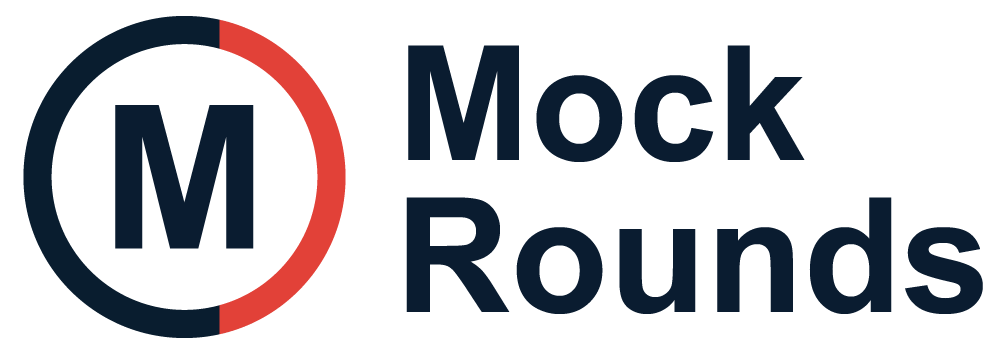| 1 |
Web basics and HTML |
This is the foundation for all later topics. |
Read about how browsers load web pages, Write sample HTML pages, Identify and use main HTML tags, Draw a diagram of a web page, Explain page structure to someone else |
Simple HTML page, Page diagram |
| 2 |
HTML and CSS fundamentals |
Styling and structure are key for web pages. |
Add CSS to your HTML page, Change text and background colors, Add images and links, Practice CSS selectors, Test changing page margins and padding |
Styled HTML page, Short summary on CSS selectors |
| 3 |
Start JavaScript basics |
JavaScript makes your pages interactive. |
Write simple JavaScript scripts, Use buttons to trigger actions, Practice writing basic functions, Debug code and fix errors, Try changing page text with code |
Interactive web page with JavaScript, List of learned JavaScript functions |
| 4 |
Build and improve a mini project |
Projects combine your skills in a real setting. |
Plan your project layout, Build a small interactive web app, Ask for feedback on your project, Fix bugs and polish design, Summarize what you learned |
Finished mini web project, Short project reflection |
| 5 |
Review and prepare for your exam |
Practice and review boost exam confidence. |
Take timed quizzes on main topics, Explain concepts aloud, List and review weak points, Review all project code, Check your answers and improve |
Quiz results log, List of topics explained |
